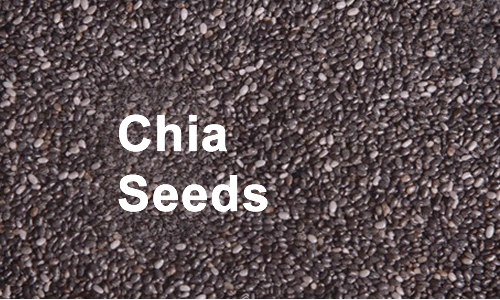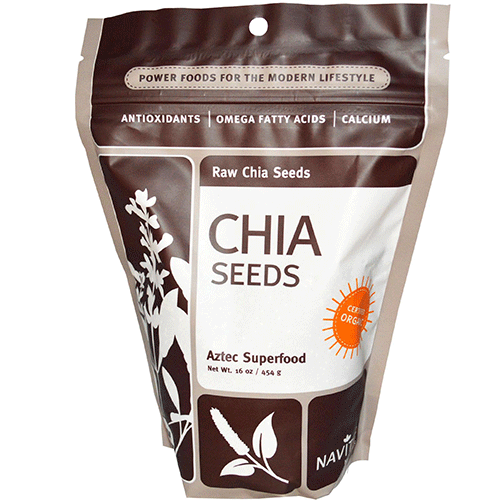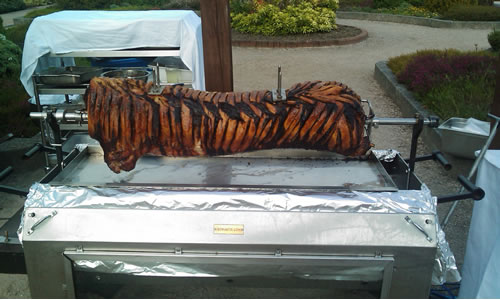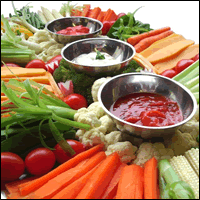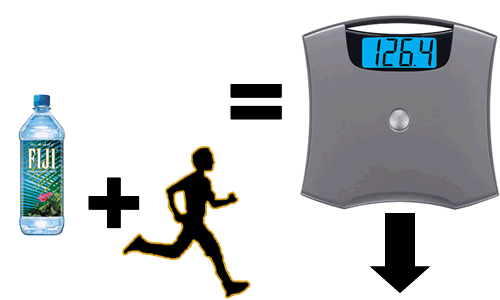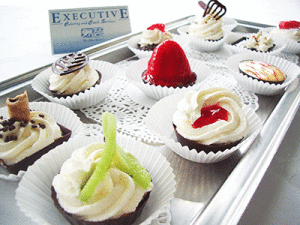Native to South America, chia seeds (salvia hispanica?) have been used for centuries, and were a staple in the diets of Mayans and Atecs. The Mayans used to….find info on the mayan messenger warriors using for sustained energy.
Today chia seeds are noted for their amazing health benefits and are becoming more and more popular in health circles across the globe. Chia seeds are full of a number of nutrients and a host of antioxidants. Adding chia seeds to your diet will prove beneficial in areas you would never expect from this little seed.
Blood Sugar Balance
Chia seeds are excellent in helping the body to balance blood sugar levels. Maintaing blood sugar balance is important for optimal health and energy levels.Blood sugar leves tend to spike after eating, especially if you tend to eat starchy or sugary foods.
The comination of soluble an insoulule fiers in chia seeds, along with their gelling properties slow down the process of starches turning into sugars. Eating chia seeds before or with a meal will help convert your food into a constant steady energy rather than spikes that tend to wear you out.
Packed with Omega-3s
Chia seeds are the richest plant source of healthy omega-3s found in nature. Chia’s, by weight, contain more omega-3s than salmon. Important for heart and cholesterol health, omega-3s are pertinent for maintaining optimal health. Usually found in animals such as fish, chia seeds are an excellent supplement for vegetarians that often lack this important dietary necessity.
Navitas Naturals Organic Raw Chia Seeds, 16-Ounce Pouches
High in Anti-Oxidants
Eating a diet that is rich in anti-oxidants is important for reducing free radical damage to your body. Free radicals are responsible for wearing the body’s immune system down, cause premature aging, and are responsible for the development of certain types of cancers.
When people think of foods that contain powerful anti-oxidants, it is usually blueberries and strawberries that come to mind. Chia seeds are one of the only seeds in nature that can compare on the level of other anti-oxidant rich foods. Chia seeds will also stay fresh for over two years without refrigeration. They are a wonderful addition to anyone’s diet who wants to control free radical damage.
Excellent Source of Calcium
Chia seeds are an excellent source of calcium, and by weight contain more calcium than whole milk. This makes chias an excellent source of calcium for vegetarians or vegans that may be lacking this essential nutrient. Chia seeds also contain boron and magnesium. These are essential trace minerals that are used to help absorb calcium into the body.
Two tablespoons of chia seeds contain 35% of your daily recommended intake of phosphorus, 24% for magnesium, and almost 50% for manganese.
Great for Cholosteral Levels
Are your cholesterol levels a little high? Chia seeds can help. Used as a dietary fat substitute, chia seeds help lower triglyceride and high cholesterol levels while increasing good cholesterol levels. When using chia seeds in place of fat sources such as corn or vegetable oil, chia seeds actually help prevent high triglyceride levels and reduce the risk of obesity.
Excellent Egg Relacer
When mixed with water, chia seeds form a gelatinous paste that may be used in place of eggs. They are an excellent source used in baking to reduce cholesterol levels and increase the amounts of nutrients that are in your baked goods. To make a healthier version of your favorite treat, mix I tablespoon of chia seeds with 2 tablespoons of water and let sit for 15 minutes.
Full of Fiber
Fiber is needed to maintain healthy function within the body. Without the daily amount of recommended fiber, you may suffer from high cholesterol levels and irregular bowel movements. Chia seeds are a powerful form of fiber and contain 10 grams in only 2 tablespoons.
This is 1/3 of the daily recommended value for fiber. Sprinkling them on a salad, mixing them into a smoothie, or baking them into some muffins are all wonderful ways of adding more fiber to your diet.
Purchase Organic Raw Chia Seeds On-line in 16-Ounce Pouches
Add Nutrients Without Comprimising Taste
With all the nutrients that chia contain, they also carry no taste. They can be added to anything and will take on the flavor of whatever they are added to. When added to a smoothie they will take on the flavor of whatever has been added to the smoothie. They can be added to dressings, salsas, dips, and more.
Discovering the wonderful health benefits of chia seeds is an excellent way to add variety to the way you receive essential nutrients and vitamins. Just a couple tablespoons a day will add plenty of what you need to live in the healthiest way possible. It is a great addition to any person’s diet plan that wishes to benefit from what nature has to offer.
